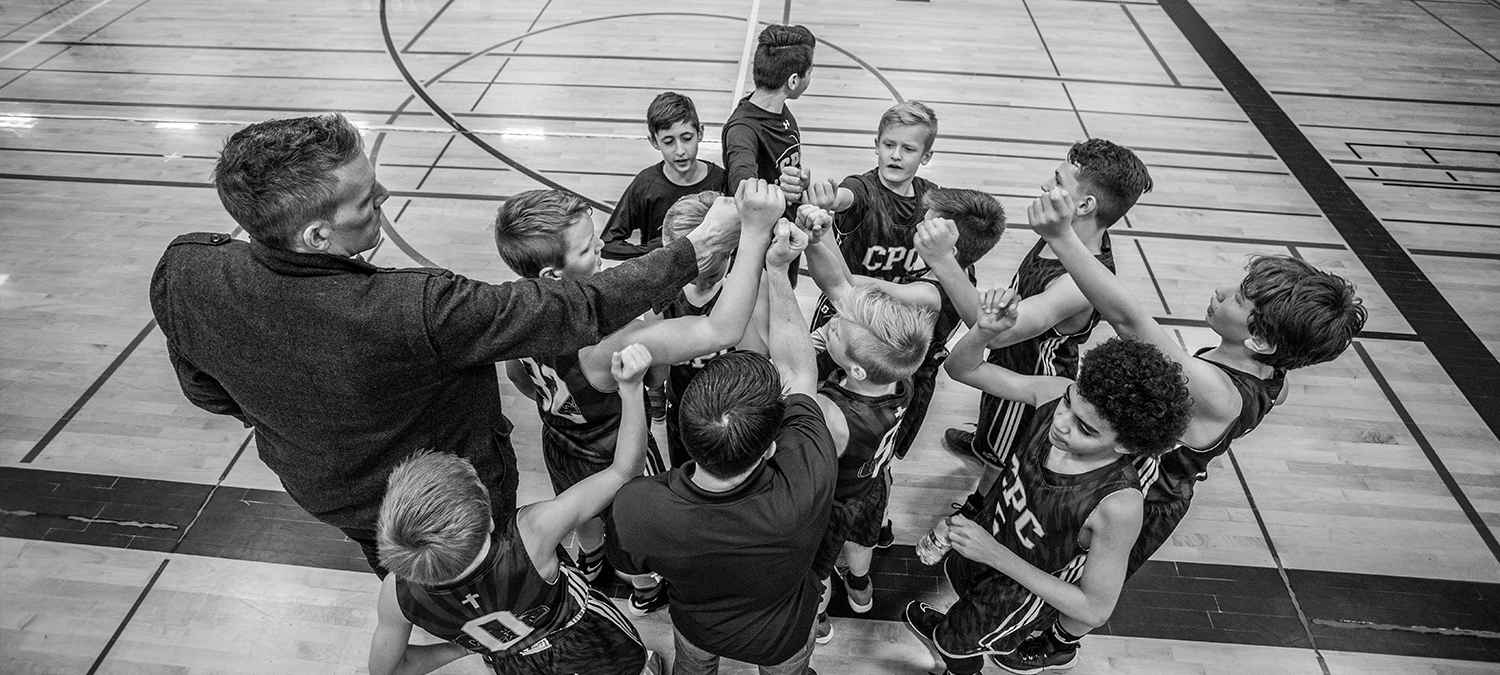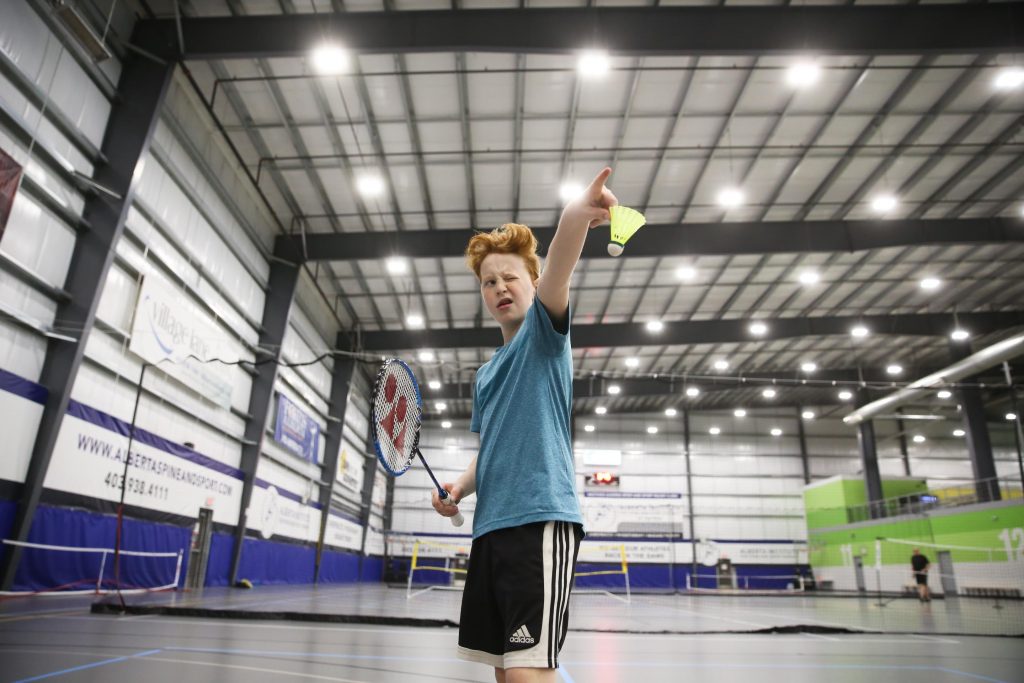
How to get more people to participate in PE
RESEARCH Reliable relationships, structure and support and a developing climate. These are success factors that get more people to participate in PE, according to a new report.
How can teaching PE be designed for students – with or without disabilities – who face difficulties in social interaction to participate and develop?
This is the overall issue in a new report where the Swedish School Research Institute together with the Swedish Agency for Special Needs Education (SPSM) compiles current research in the field. Teachers ‘planning and working methods can make a big difference to students’ ability to participate. This overview is a source of inspiration that can contribute to the development of teaching PE, says Fredrik Malmberg, Director General of SPSM in a statement.
Three success factors
The report is careful to emphasize that there are no simple answers and advice that are applicable to all teachers of sports and health in all situations. On the other hand, three overall success factors are pointed out.

1. Trusting relationships, both between students and between students and teachers. According to the report, this requires that teachers are sensitive to how students experience different aspects of teaching. “The results of the overview emphasize the importance of seeing students ‘differences as an asset in teaching, in order to provide good conditions for students’ participation in social interaction.”
2. Structure and support. This means that the teacher goes through what should happen before, during and after the lesson in a concrete and easy-to-understand way. And what students are expected to learn from a task or exercise. “Predictability contributes to security, which in turn can promote the conditions for the student to feel involved in the teaching.”
3. Developing a climate that makes students feel that they succeed in their learning and have the strength to believe in their abilities – regardless of what level they are at. “A developing climate is characterized by teachers meeting students’ different needs. The students are given the opportunity to practice and test different skills over and over again “and the teacher” starts from the student’s perspective and initiative and listens when the students present their views. “

